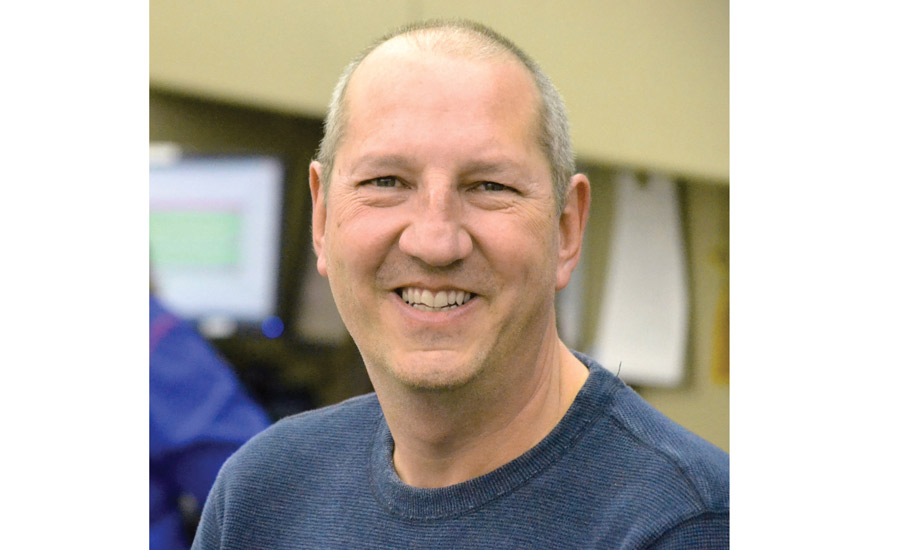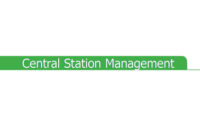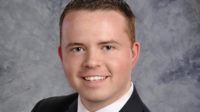Randy Ambrus, central station manager at Cooperative Response Center (CRC), Austin, Minn., is the winner of CSAA’s 2015 Central Station Excellence Award for Manager of the Year. He has a reputation for not only helping his staff be competent and capable, but for being a driving force behind technological improvements. Ambrus recently spoke with SDMabout how he approaches his job.
SDM: What training have you had; and what do you consider to be crucial for managers to have?
Ambrus: Personally, the training I think is invaluable is the CSAA [online] training courses. I have taken the Level 1 and Level 2 courses. I think it’s imperative that the central station manager, as well as staff, take those courses. I’ve been in the central station business for almost 30 years. I had to really spend some time on the Level 2 course. Where I thought I could breeze through it, really that wasn’t the case. There was a lot of good information and new things that I didn’t consider.
SDM: You created a program for CRC called CS University. Please describe the program and how you created it.
Ambrus: The program that [Laura Mellang, central station coordinator, and I] developed has the baseline of a college-level training program, where we have 100 level, 200 level, 300 level and 400 level courses. The idea was to get away from just throwing documents at operators. Starting at a baseline 100 level it goes through what the components of the central station are, and the key items that you’ll be working with. The 200 level is the alarm monitoring portion; the 300 level is the data entry portion; and the 400 level is failovers, backup receiver redundancy, and high-level system administration.
What I discovered is there isn’t anything out there that is sort of a one-training-for-every-central-station. There are certain nuances when you get into each central station. It’s kind of a work in progress.
It’s all Web-based and the operator can take it when they have time. At the end of each course there is a quiz. For some of the courses, such as doing a failover, there a lab where we have them perform a live failover.
SDM: What are the most important technical contributions you have made to CRC?
Ambrus: The big thing was the delivery of DNIS. Between our phone vendors responsible for our PBX and our IT staff, nobody had a solid grasp on how to do what I wanted to do. I had a vision and I knew other central stations were delivering DNIS to their Sur-Gard receiver and they would process alarms based on that DNIS, but nobody seemed to know how to get that DNIS delivered the way we needed it to. It was a constant effort working with the phone vendor, working with IT and working with the receiver manufacturer, DSC. Eventually, through just a lot of hard work and persistence, we were able to get it delivered.
The other thing is the strides we’ve made with tapping into the new delivery methods. We monitor some of these Man Down applications; they’ll send an email message into our software and we’ll parse out that email and deliver the alarm. The software that makes this possible is called Media Gateway by Bold. Most of the GPS-enabled devices now in the field, the way they’re sending alarm messages is via text. There are pros and cons, but so far in our testing, the text messaging is delivered very quickly.
More Online
Learn more about what makes Randy Ambrus a winner. Check out SDM’s coverage of the 2015 Central Station Excellence Awards at www.SDMmag.com/csaa-2015-excellence-award-winners.




